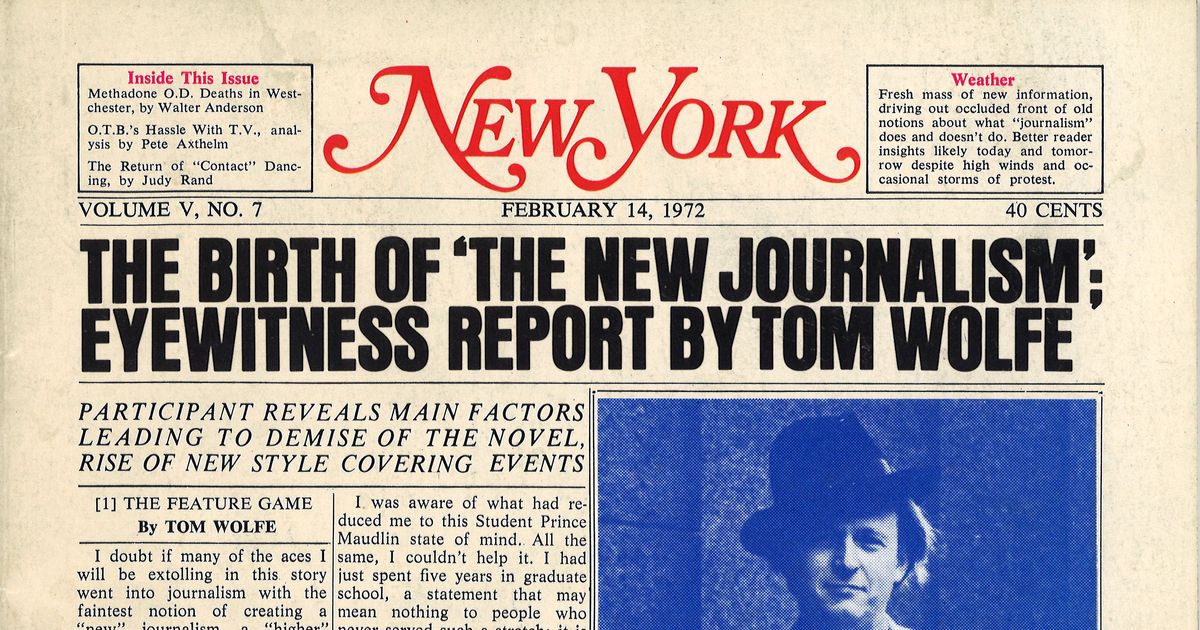The Definitive Guide to News Articles
Wiki Article
How News Articles can Save You Time, Stress, and Money.
Table of ContentsNot known Facts About News ArticlesA Biased View of News ArticlesThe Basic Principles Of News Articles News Articles - The FactsThe Of News Articles
Excellent understanding of different subjects offers trainees an affordable edge over their peers. Despite the fact that electronic and social media sites are easily accessible, we must not forget exactly how important it is to check out the papers. Parents need to attempt and inculcate the routine of reading a newspaper as a day-to-day routine to proceed the heritage of the revered print tool.Information stories likewise have at the very least among the adhering to essential features relative to the designated target market: closeness, prominence, timeliness, human rate of interest, quirk, or repercussion. The relevant term journalese is sometimes used, normally pejoratively, to describe news-style writing. An additional is headlinese. Papers generally abide by an expository writing design.
Within these limits, news stories also aim to be extensive. Various other aspects are included, some stylistic and some obtained from the media type. Among the larger and more respected newspapers, justness and equilibrium is a significant aspect in providing info. Commentary is typically confined to a separate area, though each paper might have a different overall slant.
Newspapers with an international target market, for example, often tend to utilize an extra official design of composing. News Articles.; common design guides consist of the and the United States News Design Book.
How News Articles can Save You Time, Stress, and Money.
As a regulation, reporters will certainly not utilize a lengthy word when a short one will do. News writers try to stay clear of making use of the very same word extra than as soon as in a paragraph (occasionally called an "resemble" or "word mirror").
Nevertheless, headlines in some cases omit the topic (e.g., "Leaps From Watercraft, Catches in Wheel") or verb (e.g., "Feline lady lucky"). A subhead (also subhed, sub-headline, subheading, caption, deck or dek) can be either a subservient title under the primary headline, or the heading of a subsection of the article. It is a heading that comes before the major text, or a group of paragraphs of the major text.
Additional billboards of any of these types may show up later on in the write-up (especially on subsequent pages) to lure further reading. Such signboards are additionally made use of as pointers to the short article in various other sections of the magazine or website, or as advertisements for the item in other magazine or websites. Typical structure with title, lead paragraph (recap in vibrant), various other paragraphs (information) and contact information.

Instance of a hard-lead paragraph NASA is recommending one more space task. The firm's spending plan request, announced today, included a plan to send out an additional objective to the Moon. This moment the company wishes to establish a long-lasting center as a jumping-off factor for various other space adventures. The budget plan demands roughly $10 billion for the task.
An "off-lead" is the 2nd most essential front web page information of the day. To "hide the lead" is to start the write-up with history details or details of second significance to the visitors, forcing them to review more deeply into a post than they must have to important source in order to discover the vital factors.
Get This Report on News Articles
Typical usage is that or two sentences each create their very own paragraph. Reporters generally define the company or framework of a newspaper article as an inverted pyramid. The crucial and most intriguing aspects of a story are put at the start, with sustaining info following in order of reducing value.It allows people to check out a subject to only the deepness that their interest takes them, and without the imposition of details or subtleties that they could take into consideration unnecessary, however still making that details offered to more interested readers. The upside down pyramid framework also makes it possible for short articles to be trimmed to any kind of arbitrary size during design, to suit the room available.
Some writers start their tales with the "1-2-3 lead", yet there are many kinds of lead readily available. A twist can refer to multiple things: The last tale in the information program; a "satisfied" story to finish the show.
Longer articles, such as publication cover articles and the items that lead the inside areas of a paper, are recognized as. Function tales vary from straight news in numerous means. Foremost is the lack of a straight-news lead, a lot of the moment. Rather than providing the essence of a tale up front, feature authors might attempt to lure viewers in.
News Articles Fundamentals Explained
The reporter often information interactions with interview subjects, making the item a lot more individual. An attribute's first paragraphs frequently relate an interesting moment or occasion, as in an "anecdotal lead". From the details of an individual or episode, its view rapidly expands to generalizations regarding the tale's topic. The section that signals what a function has to do with is called the or billboard.
The Editor's Toolbox: A Reference Overview link for Beginners and Professionals (2001) Allan M. Siegal and William G. Connolly. The New York Times Manual of Design and Usage: The Official Design Overview Used by the Writers and Editors of the Globe's The majority of Authoritative Newspaper (2002) M. L. Stein, Susan Paterno, and R.
Report this wiki page